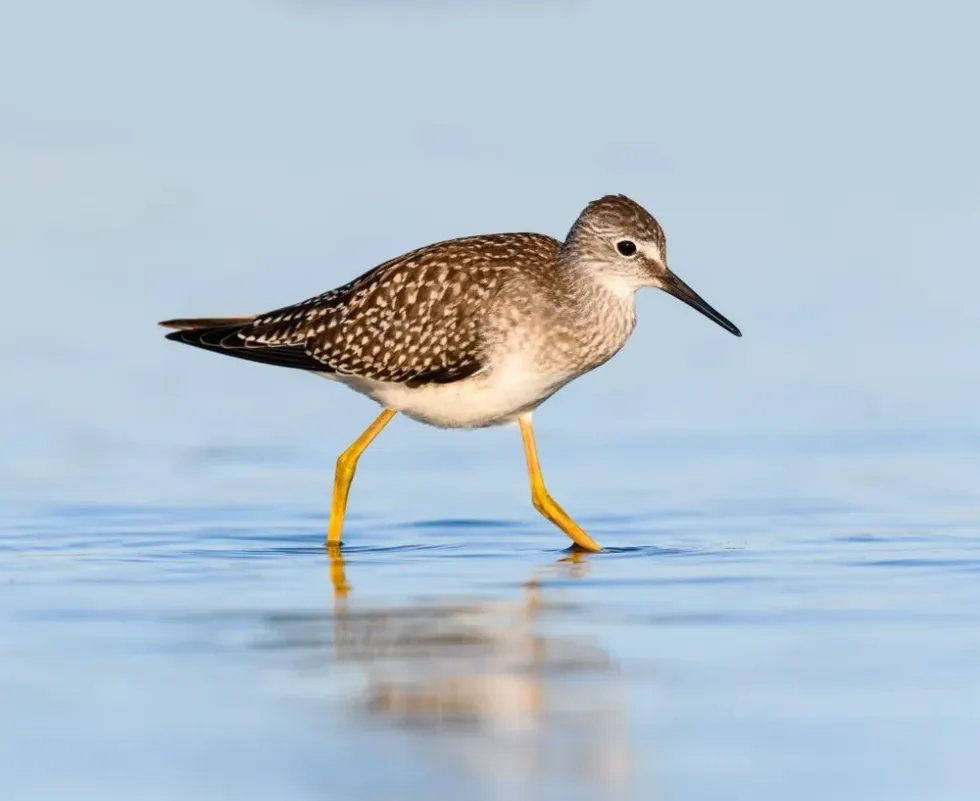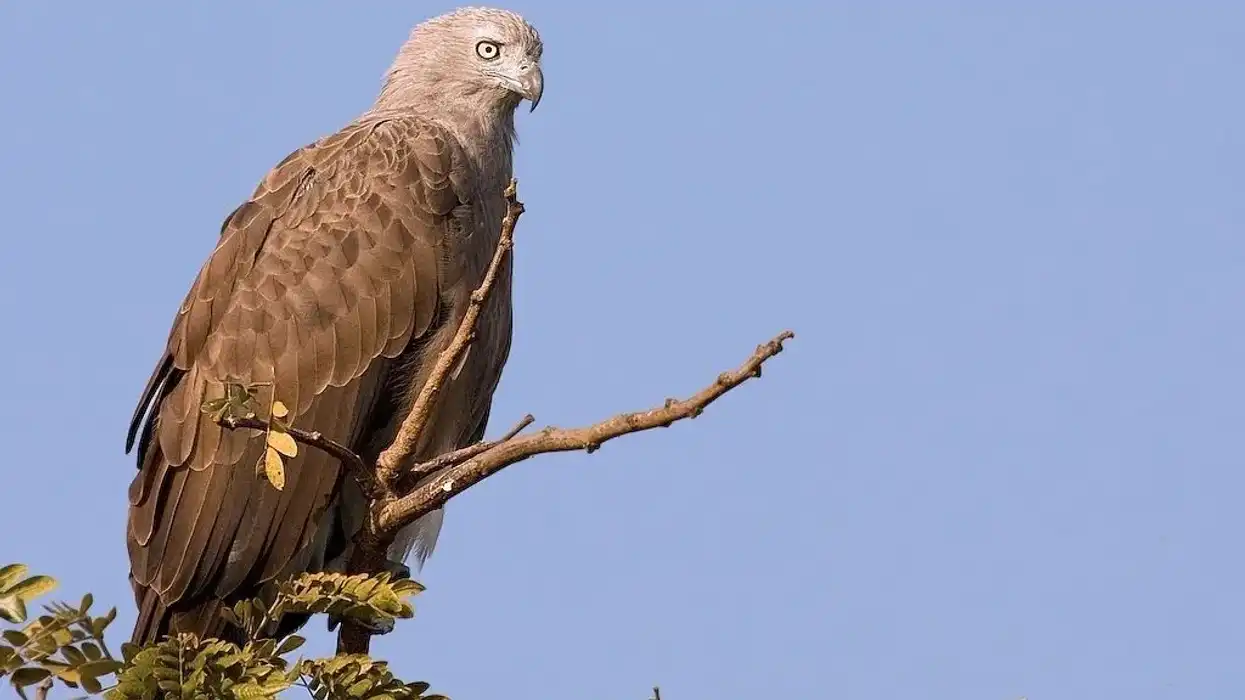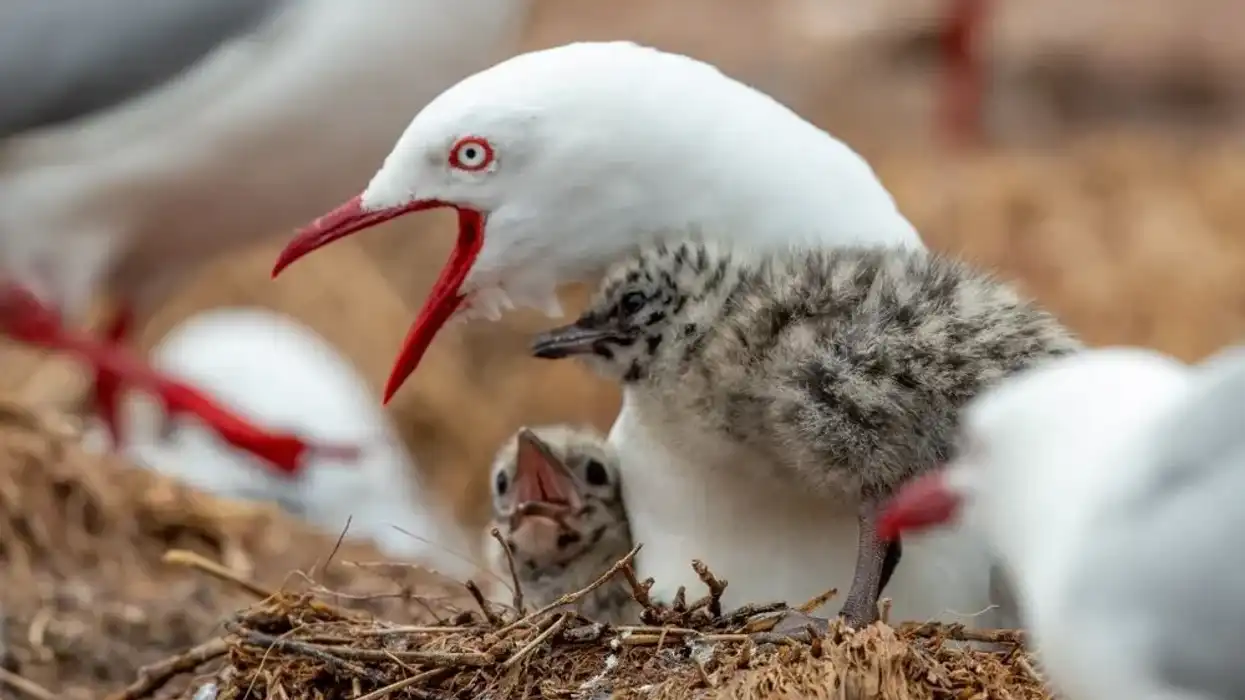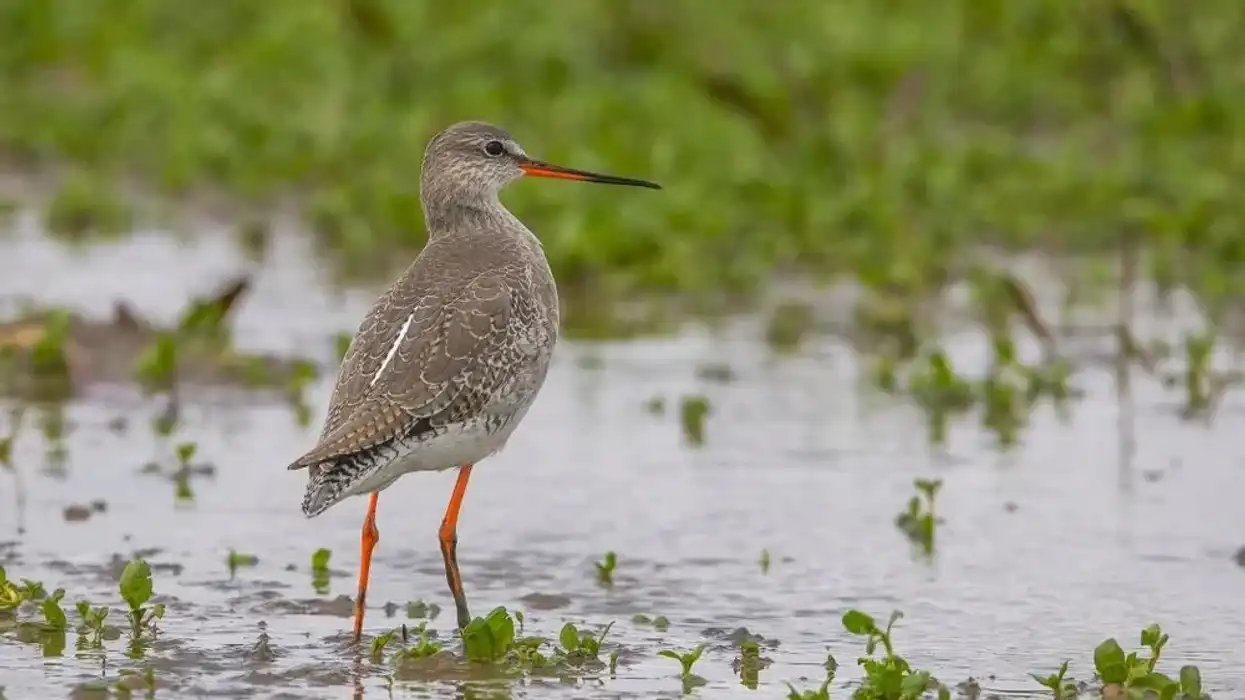The lesser yellowlegs is definitely one of the most unique birds found around the world! They are found in locations like Canada, South America, and many more, but they are in dire need of conservation.
Their declining population in South America and climate change majorly endangers this thin-bill bird, and it is in dire need of conservation. They live mostly solitary lives, but will always step up to help one another in need.
These yellow-legged birds are mostly carnivorous in nature, but manage to look very adorable while doing so. Did you also know that they have a particular call that sounds like 'tutu' to communicate?
These interesting birds have long captured the attention of conservation activists and scientists alike. Unfortunately, there has been very little action taken on conserving and protecting this bird from South America.
Read on to know more about them, or check out other birds around the world, such as these swallow-tailed kite facts and the palm warbler facts too!
Lesser Yellowlegs Interesting Facts
What type of animal is a lesser yellowlegs?
Lesser yellowlegs is a type of bird and is of the order Charadriiformes.
What class of animal does a lesser yellowlegs belong to?
Lesser yellowlegs belongs to the class of birds.
How many lesser yellowlegs are there in the world?
The estimated population of this species is moderate in nature. It is estimated that there are 660,000 birds in the world. This is why they require conservation.
Where does a lesser yellowlegs live?
These North American shorebirds live in wetlands.
What is a lesser yellowlegs' habitat?
These birds use a vast variety of brackish and fresh wetlands during their migration period and the winter season (spring and fall migration). This shorebird includes marshes, mudflats, pond edges and lake borders, sewerage ponds, moist meadows, and waterlogged agricultural areas like rice paddies.
These shorebirds prefer to live in planted wetlands instead of barren habitats, earning them the nickname 'marshpiper'.
Lesser yellowlegs prefer open or semiopen forests or fields and moist meadows intermingled with bogs, marshes, and ponds in their breeding range. This species also use changed habitats including mine clearings and gas line rights-of-way to lay their eggs.
Who do lesser yellowlegs live with?
According to studies, this species is socially monogamous. Male shorebird begins to execute their trademark undulating flight display over foraging breeding area immediately after spring arrives on breeding territories.
How long does a lesser yellowlegs live?
There is less data available about the life span of lesser yellowlegs. But according to old records, this bird lives for about 4.8 years in the wild status.
How do they reproduce?
These birds breed mostly in northern Canada and interior Alaska in their breeding season. Lesser birds are monogamous for a season, and pairs rarely breed again in successive periods.
To attract mates, males undertake fly displays over nesting and feeding regions in the breeding area, accompanied by flight call (tu-tu). When constructing breeding grounds and wooing, males may be hostile against other males.
These birds move to mate sites, where they establish partnerships and begin reproducing as soon as they arrive, usually around mid-May. In June and July, they build modest nesting scrapes and deposit four (maximum six) eggs.
In their winter range, lesser yellowlegs protect breeding and feeding territory. When we differentiate lesser yellowlegs vs solitary sandpiper, nests of solitary sandpiper are mostly found nearby the shore of a water body.
What is their conservation status?
The IUCN Red List considered this yellowlegs species as Least Concern.
Lesser Yellowlegs Fun Facts
What do lesser yellowlegs look like?
Males and females have comparable plumage and sizes, while females have somewhat longer wingspans. This bird features black, grey, and white speckled plumage on the back, a white-colored belly, and brown stripes on a white backdrop on the neck and chest during the breeding season.
The majority of its plumage is black. Their bill is narrow and roughly equal in size to their head.
How cute are they?
These small-sized birds with yellow legs and thin bill look great. The black color of the bill seems great. The different types of calls, like greeting call ('tu tu'), alarm call, flight call makes them the cute bird.
How do they communicate?
Male and female of this North American species make the distinctive 'tu-tu' call, which appears to be a greeting or contact call. They make a shrill 'kip' alarm call, which is complemented by head and tail swaying.
How big is a lesser yellowlegs?
The average length of lesser yellowlegs is 9.1-10.6 in (23-27 cm) but the length of greater yellowlegs is 10.6-11.8 in (27-30 cm). The length of the spotted redshank (Tringa erythropus) is about 15.7-16.9 in (40–43 cm). While comparing greater yellowlegs vs lesser yellowlegs, lesser birds are smaller than greater in length.
How fast can a lesser yellowlegs fly?
The lesser yellowlegs shorebird travels swiftly across marshes and mudflats with an elegant, high-stepping movement and can fly about 47 mph (75 kph). With legs reaching far beyond the tail, the flight is floating and comfortable.
How much does a lesser yellowlegs weigh?
Their weight ranges 2.8-3.2 oz (79.5-90.9 g) for an adult lesser yellowlegs bird.
What are their male and female names of the species?
Male and female lesser yellowlegs do not have any specific names.
What would you call a baby lesser yellowlegs?
The baby of this shorebird does not have any special name.
What do they eat?
Flies and snails, dragonflies, beetles, are among the invertebrates it eats from the water or land. Small fish, crustaceans, spiders, seeds, and worms, are among the foods they may consume.
They forage by traveling over shallow water or silt and using their long bill to retrieve items from above or below the surface. They use their bill to make brief jabs or to sweep it from side to side, snatching at prey they come across.
They are free to hunt at any time during the day. The majority of their foraging takes place in water barely a few centimeters deep, while they have been known to feed into the water up to its belly.
Are they poisonous?
According to different types of studies, these animals who live in wetland habitats are not poisonous.
Would they make a good pet?
Insufficient data is available regarding the captivity of these birds.
Did you know...
Greater yellowlegs and lesser yellowlegs are two American shorebirds with yellow legs that belong to the sandpiper family. It is a shorebird with brilliant yellow legs that is long-necked, slender, and small-headed. This species prefers to wander in shallow water, although they can swim also.
When comparing greater vs lesser yellowlegs, greater yellowlegs have longer, more powerful bills that are about 1.5 times the size of their heads.
When talking about lesser yellowlegs vs greater yellowlegs, one point was noticed that the call pitch and frequency of greater yellowlegs are higher than that of lesser's call.
How did the lesser yellowlegs get its name?
This species is a little shorebird with a length of 9.1-10.6 in (23-27 cm). A speckled brown body, a long neck, and a long, straight bill, with a grey rump and a white belly, characterize these shorebirds. Its unique name comes from its lengthy and bright yellow legs.
Do lesser yellowlegs migrate?
During migration, this bird can be found in weedy wetlands, shallow and flooded water areas across North America. From February to May, these birds migrate north, and from June to October, they travel southern areas.
During spring and fall migration, these birds move across both coastal and interior locations, primarily in the interior part of the United States, and only along coastlines in the fall.
Individuals and females that have had difficulty reproducing migrate first, pursued by males and juveniles. They migrate in mixed flocks of 3-50 birds.
At the time of the breeding season, lesser birds establish territorial couples, although being outside the mating season, they wander in small flocks. When comparing solitary sandpiper vs lesser yellowlegs, during migration season, solitary sandpiper is usually traveling alone.
Here at Kidadl, we have carefully created lots of interesting family-friendly animal facts for everyone to discover! Learn more about some other birds from our marabou stork facts and American bittern facts pages.
You can even occupy yourself at home by coloring in one of our free printable Lesser yellowlegs coloring pages.










